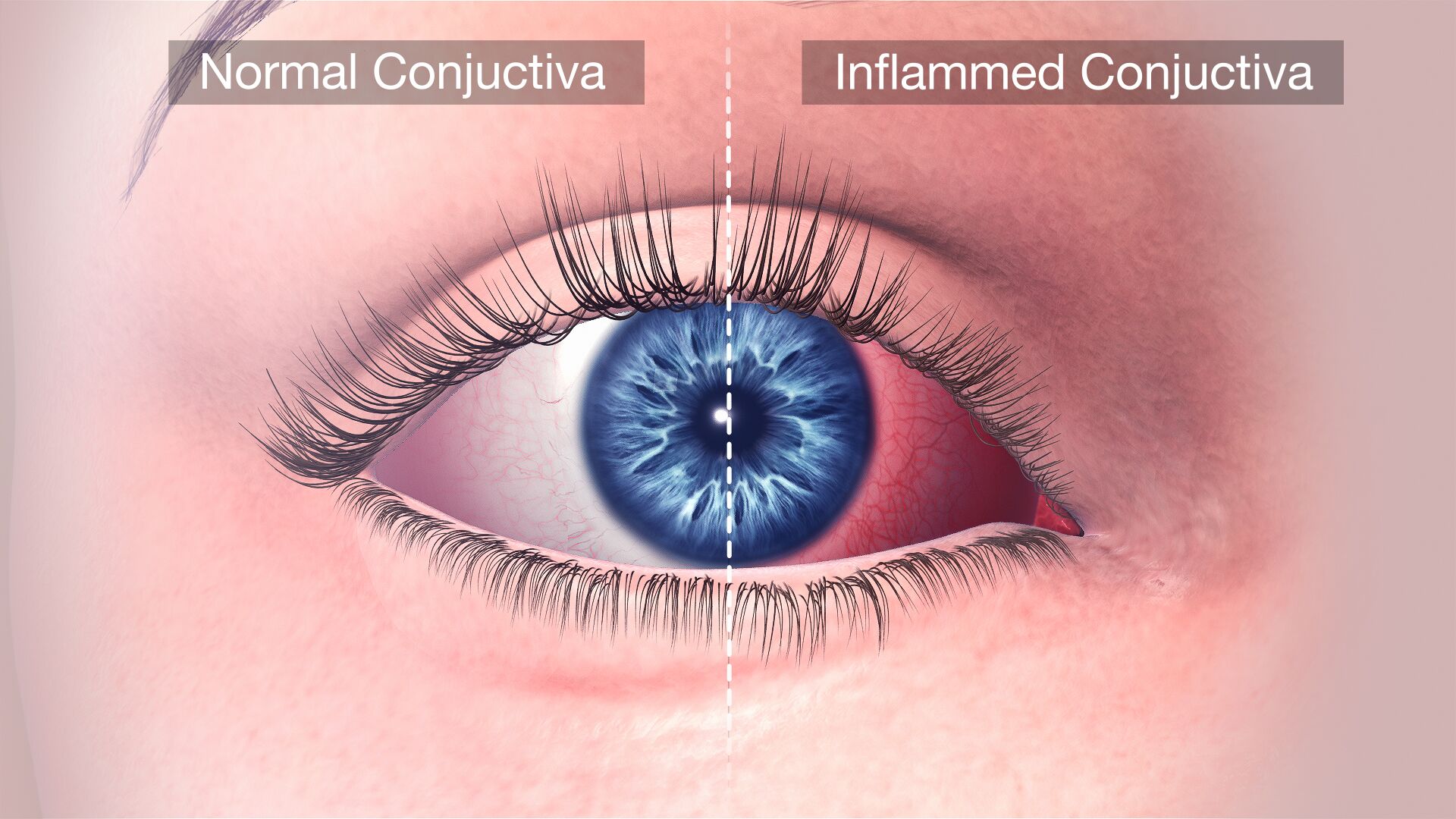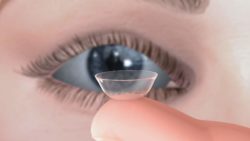1 in about 50-100 Americans suffers from Conjunctivitis every year. Conjunctivitis is made up of “conjunctiva” + “itis” , meaning, inflammation of the conjunctiva layer of the eye. The inflammation appears reddish-pink on the outermost layer of the white part of the eye and the inner surface of the eyelid. The condition typically lasts for not more than a couple of weeks.
Vision may be blurred due to the misty discharge over the eye surface, but because the conjunctiva does not cover the iris and pupil, conjunctivitis rarely affects the light getting into the eye and, hence, should not affect vision.
Children commonly acquire bacterial conjunctivitis, while, the viral form of infectious conjunctivitis is more common in adults.
Types and Causes
Infective conjunctivitis is contagious and can spread through contaminated objects. It is most commonly caused by a virus, however, bacterial infections, allergies, dryness are also common in children.
- ViralA number of viruses have been implicated in Conjunctivitis. Adenoviruses are the most common cause of viral conjunctivitis. Conjunctivitis caused by herpes simplex viruses can be serious, while enteroviruses lead to acute hemorrhagic conjunctivitis that is highly contagious and a reason for epidemics. The infection is often associated with cold and cough, besides the obvious watering and itching of the eyes.
- BacterialStaphylococcus aureus, Streptococcus pneumoniae, and Hemophilus influenzae are the common causative agents. Rare, hyperacute cases are usually caused by Neisseria gonorrhoeae or Neisseria meningitidis. Bacterial conjunctivitis is characterized by pus and mucus discharge that makes the eyes sticky in the morning.
Ophthalmia neonatorum is a severe form of bacterial conjunctivitis that occurs in newborn babies. It is caused by chlamydia or gonorrhea (that the infant may get exposed to while passing through the birth canal) and may lead to permanent eye damage if not treated immediately.
- AllergicAllergens such as pollen, perfumes, cosmetics, smoke, dust mites, or eye drops, may cause eye inflammation in certain people. Histamine is released from the mast cells and vasodialation of the peripheral small blood vessels occurs, leading to the symptoms of conjunctivitis.
Chemical injuries of the eye (acid or alkali burns) can also lead to conjunctivitis. This kind of irritant or toxic conjunctivitis is primarily marked by redness. The chemical must be immediately flushed off the eyes and anaesthetic eye drops may be used to decrease the pain.
Management
- Antibiotic or steroid therapy is not needed in most of the cases (viral and bacterial), as conjunctivitis resolves in a week’s time.
- Antihistamines or mast cell stabilizers may be used to help with the symptoms of viral conjunctivitis.
- Pouring cool water on the face with head tilted downwards constricts capillaries, and is a useful technique in curing allergic conjunctivitis. Persistent allergic conjunctivitis may require topical steroid drops.
- For those who wear contact lenses, are immunocompromised, or have abundant discharge, antibiotics (both oral and topical) are usually essential. Of course, the choice of antibiotic will vary, based on the strain or suspected strain of bacteria causing the infection.
- Chemically caused conjunctivitis is treated via irrigation with Ringer's lactate or saline solution. Alkali burns are medical emergencies, as they can damage the eye completely.
Most cases of conjunctivitis are benign, however, depending on the cause and the immune status of the patient, conjunctivitis can become severe and may lead to permanent blindness. A physician must be consulted to identify and distinguish between conditions that need vigorous treatment and those that are self-limiting.
Researchers, with an aim to eliminate the need for self-administered eye drops, have recently experimented with contact lenses as a delivery system for medications to prevent and treat eye diseases.
Read More..










